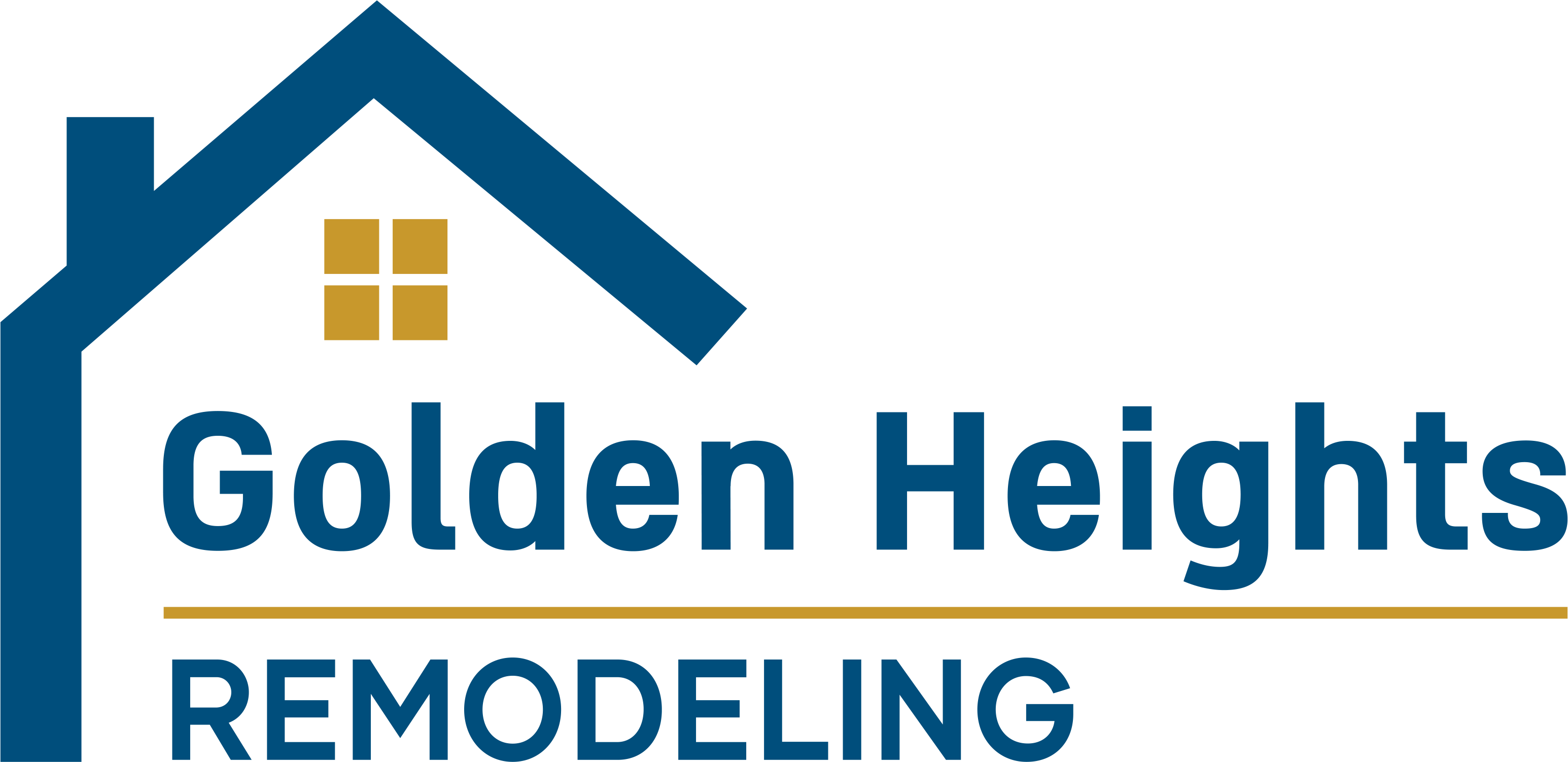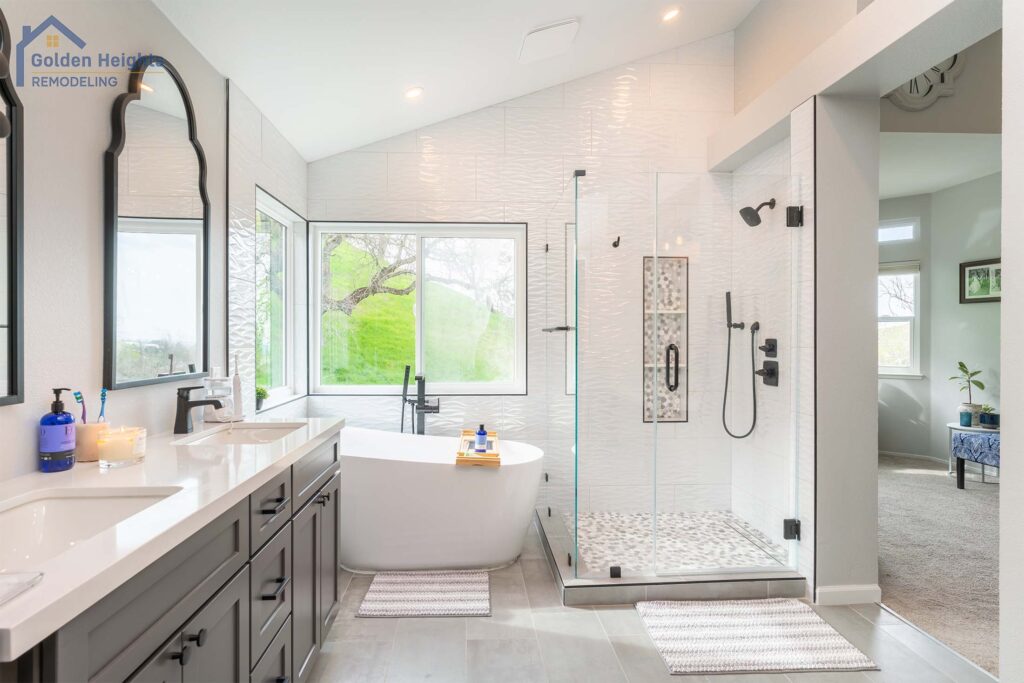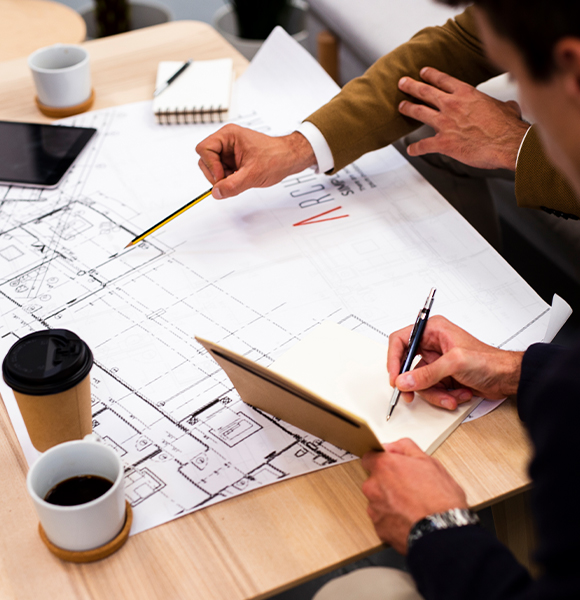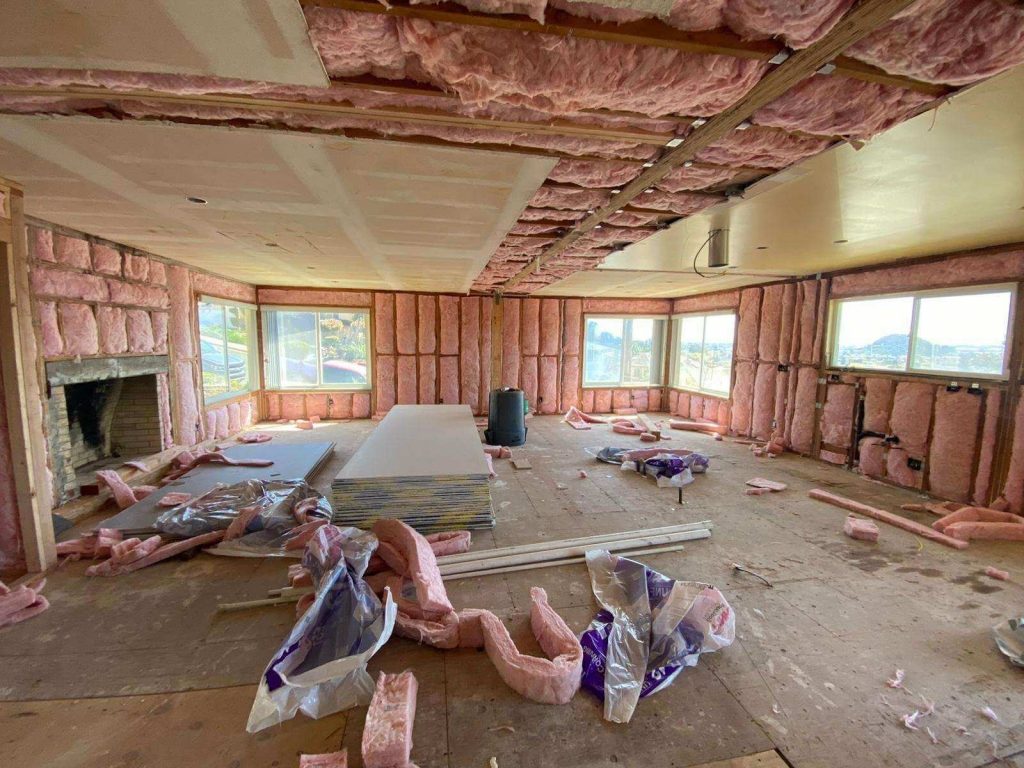Bathroom remodeling is one of the most effective ways to enhance your home’s functionality, comfort, and value. In the Bay Area, where housing values are high and design trends lean toward modern, eco-friendly, and efficient solutions, it is considered a worthwhile endeavor.
This comprehensive guide will walk you through everything you need to know about bathroom remodeling, from planning and budgeting to design tips and construction timelines.
When Remodeling a Bathroom, What Comes First?
How Much Does Bathroom Remodeling Cost?
The cost of bathroom remodeling in the Bay Area varies based on the size, scope, and materials.
Basic Remodel:
For a small or mid-range bathroom, homeowners can expect to pay anywhere between $20,000 and $35,000. This typically includes replacing fixtures, updating flooring, installing new lighting, and fresh paint with basic materials.
Mid-Range Remodel:
A mid-range remodel often includes higher-quality materials, replacing bathtubs with walk-in showers, or custom cabinetry. The cost ranges from $35,000 to $60,000 depending on the scope of work.
High-End Remodel:
If you are looking for a luxury bathroom with premium finishes, custom features, and state-of-the-art technology, costs can range from $60,000 to $100,000 or more. In executive Bay Area neighborhoods, luxury remodels can even surpass $150,000.
Which Factors Influence Remodeling Costs?
Size of the Bathroom:
The size of your bathroom is hands down the most influential factor that determines the overall cost of the project. Larger bathrooms need more materials, such as tiles and fixtures, and take more time to complete, increasing labor costs. The cost of remodeling small bathrooms is relatively low.
Material Choices:
The materials you choose will greatly impact the overall remodeling cost of your bathroom. High-end materials like granite, marble, and custom cabinetry can skyrocket the costs. Choosing mid-range or budget-friendly materials like ceramic tiles can help you control expenses.
Labor and Geographic Location:
Labor costs in the Bay Area can be higher than in other regions, particularly in areas with stringent building codes. Additionally, complex installations, such as adding a soaking tub or upgrading electrical systems, may require specialized labor, which can increase costs.
Design Complexity:
Custom designs with intricate details or unusual layouts require more time and expertise, resulting in higher costs. Standard layouts and prefabricated fixtures are more cost-effective.
Dealing with Older Homes:
Many homes in the Bay Area are older, which means you may encounter issues like outdated plumbing or hidden water damage during your remodel. Addressing these problems is crucial for the success and longevity of your renovation but can add to the overall cost.
Do You Need a Permit to Remodel a Bathroom in the Bay Area?
Yes, a permit is generally required for bathroom remodels in the Bay Area, especially if you plan on altering plumbing, electrical, or structural components. Simple cosmetic updates like painting or replacing fixtures might not need a permit, but any work involving plumbing or electrical changes must comply with local building codes. It’s important to check with your specific city’s permit requirements, as they may vary. Failure to obtain the necessary permits can result in fines or complications when selling your home.
Is it Better to Have a Tub or Shower for Resale value?
Both tubs and showers have their own advantages, but the right choice depends on your home and target buyers. Homes with at least one bathtub appeal to families with young children, which can increase resale value. However, in the Bay Area, where space is often limited, sleek, modern showers tend to be more desirable in master bathrooms, especially among buyers seeking luxury or aging-in-place features. A mix of both, with at least one tub in the home, is typically the best approach for resale.
Is it Cheaper to Tile a Shower or Use a Surround?
Using a shower surround is generally cheaper than tiling. Surrounds are prefabricated units that can cost between $1,000 and $3,000 to install, depending on material quality. On the other hand, tiling a shower can range from $3,000 to $10,000 or more, depending on the type of tile, design complexity, and labor costs. While tile offers a custom, high-end look, surrounds are more budget-friendly and quicker to install.
What is the Most Expensive Part of a Bathroom Remodel?
The most expensive part of a bathroom remodel is typically the labor, especially for plumbing and tile work. Custom cabinetry, high-end fixtures, and luxury materials like stone or designer tiles can also contribute significantly to the cost. Plumbing and electrical upgrades are often necessary, especially in older Bay Area homes, which can add to the expense. Depending on the complexity of the project, labor can account for 40% to 60% of the total cost.
What Adds the Most Value to a Bathroom?
Upgrading to modern, high-quality fixtures and materials adds the most value to a bathroom. Features like a walk-in shower with frameless glass, a double vanity, heated floors, and energy-efficient lighting can significantly boost both the functionality and resale value of your home. Storage solutions, modern tiling, and luxury finishes also appeal to potential buyers. Additionally, converting a half-bath to a full bath or adding a bathroom can greatly increase a home’s value.
Does a Tile Shower Increase Home Value?
Yes, a tile shower can increase home value, especially if it’s part of a high-quality, modern bathroom remodel. Tiled showers are seen as a luxury feature, particularly when paired with glass enclosures and custom designs. The aesthetic appeal and durability of the tile make it a desirable upgrade that can attract potential buyers and justify a higher asking price when you sell your home.
How Long Does a Bathroom Remodel Take?
The duration of a bathroom remodel depends on a variety of factors including the complexity of the project, material availability, and contractor schedules. Typical projects in the Bay Area take anywhere from 4 to 12 weeks.
How Much Should You Spend on a Bathroom Remodel?
As a rule of thumb, you should aim to spend between 5% and 10% of your home’s value on a bathroom remodel. For example, if your home is valued at $1 million, a remodel budget of $50,000 to $100,000 would be appropriate for a high-end bathroom. For a mid-range remodel, spending around $15,000 to $40,000 is typical. The exact amount depends on your goals, whether you’re updating for resale or simply want to enhance your personal experience.
Final Words
A bathroom remodel is an exciting way to improve the function and style of your home. By carefully planning your project, choosing the right materials, and working with experienced professionals, you can create a bathroom that’s both beautiful and practical. With a clear budget, thoughtful design, and attention to detail, your dream bathroom is within reach.
Let Us Create Your Dream Bathroom
For years, we at Golden Heights Remodeling have been helping Bay Area homeowners bring their bathroom remodeling dreams to life.
No matter whether you are upgrading for personal enjoyment or aiming to boost your property’s resale value, you can rely on us to transform your imagination into a reality.
Reach out to us today to discuss your bathroom remodeling idea with our experts.





